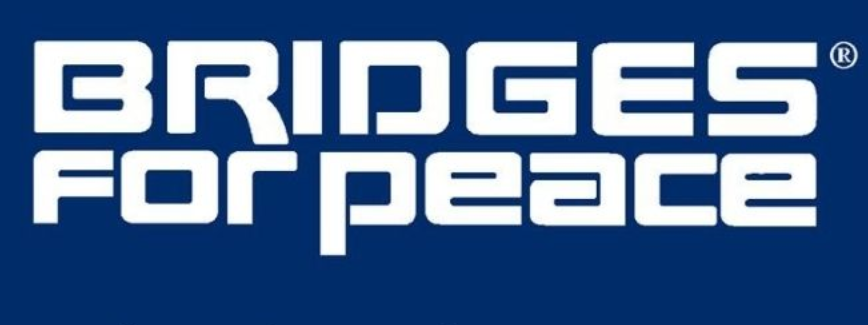×


We have detected your country as:
Please click here to go to the USA website or select another country from the dropdown list.
by: Edgar Asher
Thursday, 23 March 2017 | A cache of nine bronze coins from the end of the Byzantine period (AD seventh century) was discovered in salvage excavations that the Israel Antiquities Authority (IAA) conducted as part of widening Highway 1, near ʽEn Hemed, financed by the Netivei Israel Company.
During the course of the excavations which were carried out last June, a large two story structure and an adjacent built, complex winepress were exposed. According to Annette Landes-Nagar, director of the excavation on behalf of the IAA, “The hoard was found among large stones that had collapsed alongside the building. It seems that during a time of danger the owner of the hoard placed the coins in a cloth purse that he concealed inside a hidden niche in the wall. He probably hoped to go back and collect it, but today we know that he was unable to do so.”
The coins bear the images of three important Byzantine emperors: Justinian (483-565 AD), Maurice (AD 539-602) and Phocas (AD 547-610). They were struck at three different mints, Constantinople, Antioch and Nicomedia; all of which are located in what is today, Turkey. An image of the emperor wearing military garb and carrying crosses is depicted on the obverse of the coins while the reverse indicates the coin’s denomination and is usually inscribed with the letter M.
Landes-Nagar explained, “The hoard indicates the end of the site. The historical background to its having been hidden is apparently related to the Sassanid Persian invasion that occurred in AD 614. This invasion was one of the factors that culminated in the end of Byzantine rule in the Land of Israel.”
Fearing an invasion and imminent danger, the residents of the site buried their money against the wall hoping to return home at the end of the disturbances which did not happen. The site was abandoned and destroyed and ultimately covered over and incorporated in the agricultural terraces that characterize the region.
The building and the winepress beside it belong to a larger site that extends across Highway 1 and which was exposed on the other side of the road about a year ago. A Byzantine church was revealed in that part of the excavation. The investigation of the site raised the hypothesis that this is a settlement called Einbikumakube whose name was preserved in that of the neighboring Arab village of Beit Naquba. This site is situated alongside a main road leading from the coastal plain to Jerusalem. Settlements and way stations, some of which were near flowing springs, developed next to the road that was used by Christian pilgrims who were traveling to Jerusalem.
The Israel Antiquities Authority and Netivei Israel are working together to conserve the site as a landmark in the scenery alongside Highway No. 1.
Posted on March 23, 2017
Source: (Ashernet originally published this article on 19 March 2017. Time-related language has been modified to reflect our republication today. See original article at this link.)
Photo Credit: IAA/ Ashernet
All logos and trademarks in this site are property of their respective owner. All other materials are property of Zealous 8:2. Copyright © 2025.
Website Site Design by J-Town Internet Services Ltd. - Based in Jerusalem and Serving the World.